The global shift to electric vehicles is gaining momentum, yet the extraction of battery materials has a significant environmental footprint that comes with high costs.
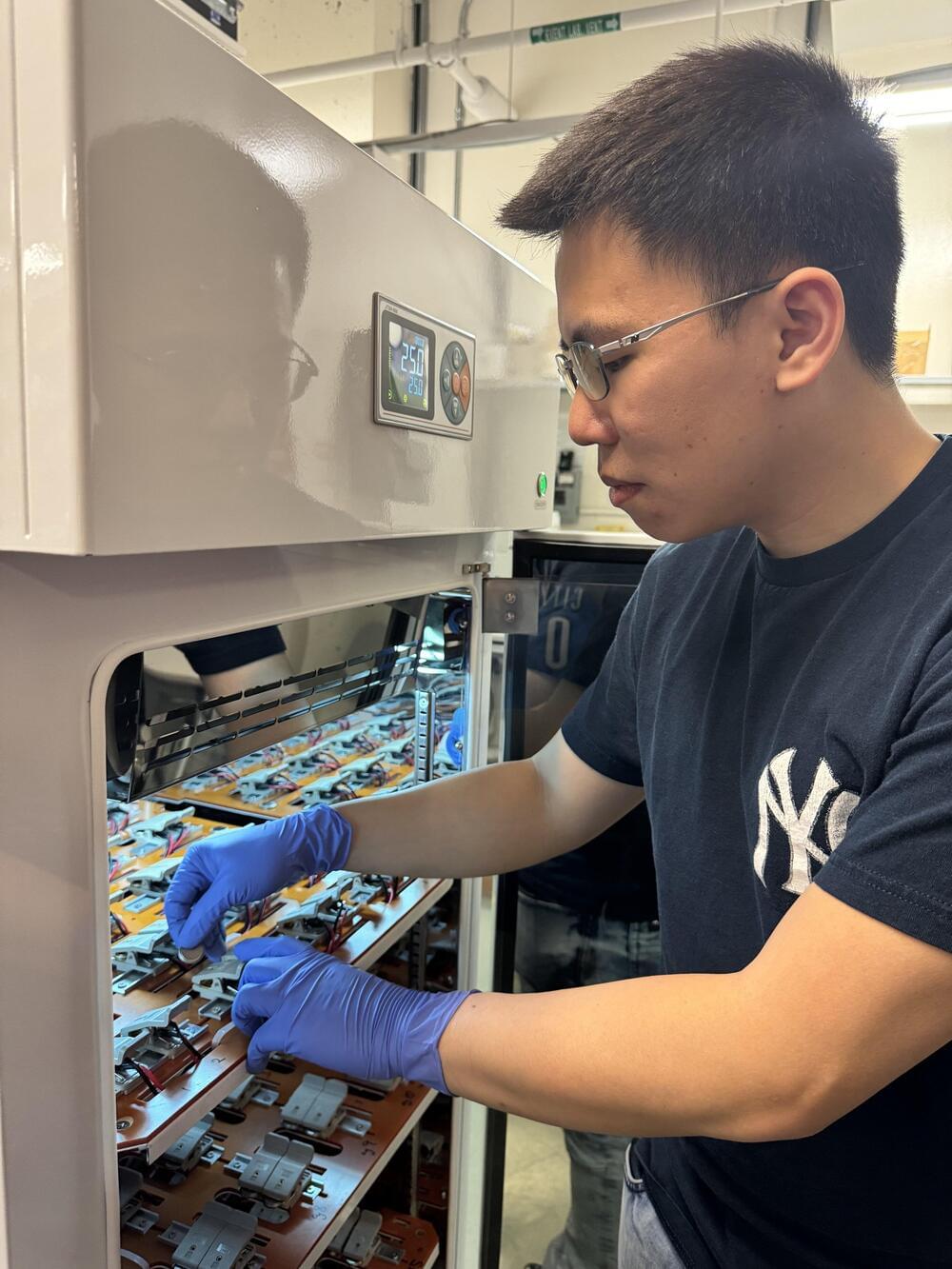

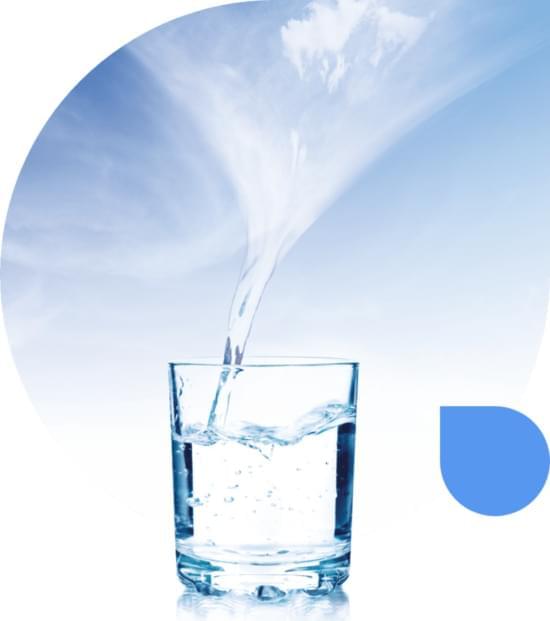
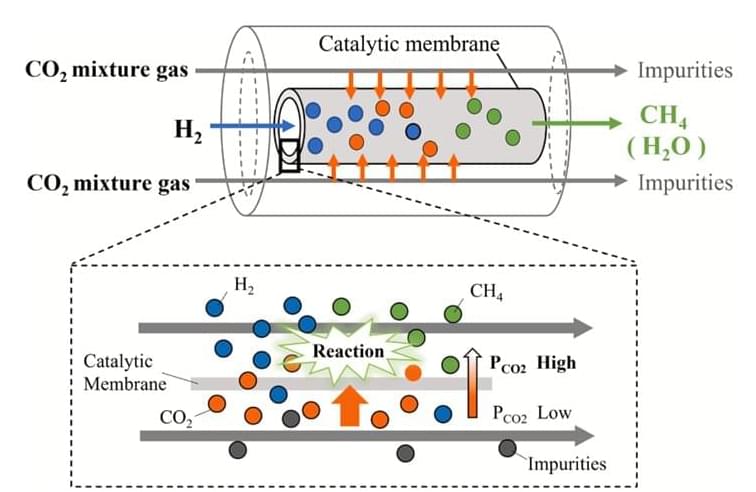
Reducing carbon emissions from small-scale combustion systems, such as boilers and other industrial equipment, is a key step towards building a more sustainable, carbon-neutral future. Boilers are widely used across various industries for essential processes like heating, steam generation, and power production, making them significant contributors to greenhouse gas emissions.

Tesla appears to be gearing up to launch a new Performance mode for the Model 3 and Model Y, as spotted in code from recent firmware updates.
On Sunday, Tesla code sleuth green the only posted about a “soft performance limit” option for the Model 3 and Y discovered in recent firmware, which the account says are listed as 110kW and 160kW, respectively. The discovery seems to suggest that Tesla is looking to launch a paid upgrade for the software-locked mode, allowing owners to upgrade to access full battery range.
Hm, interesting, recent firmwares bring “soft performance limit” option to Model3 and ModelY, listed as 110kW and 160kW respectively.
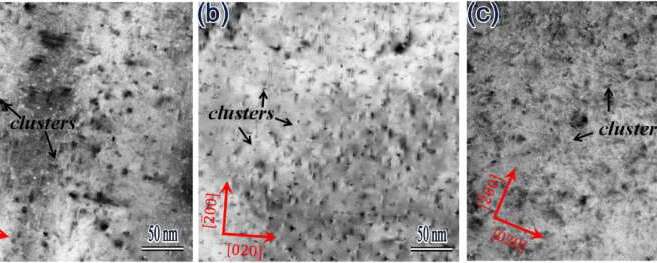
Dr. Hyeon-woo Son and his research team from the Department of Aluminum in the Advanced Metals Division at KIMS have successfully developed an aluminum alloy for electric vehicles that dramatically improves thermal stability. The paper is published in the Journal of Materials Research and Technology.
“Batteries are the crux of many of the most important emerging technologies in both the civilian world and, important to our profession, on the battlefield,” said United States Military Academy Cadet Michael Williams. “More energy dense batteries allow, for instance, greater range on electric vehicles, longer battery lives for radios, and longer flight times for drones. Our work helps make manufacturing these batteries easier.”
Cadets Michael Williams, Avery Patel, and Nancy Astable have been working on a long-term project with their faculty mentors Dr. Enoch Nagelli, Dr. Simuck Yuk, and Army Col. John Burpo to develop new ways to maximize energy storage and generation for the U.S. Army Combat Capabilities Development Command’s Armaments Center. In collaboration with Cornell University, the team at USMA’s Department of Chemistry and Life Sciences is pursuing innovative approaches to increasing the quality and use of batteries and fuel cells.
The value of conducting scientific research to solve real-world problems is clear to the cadets.
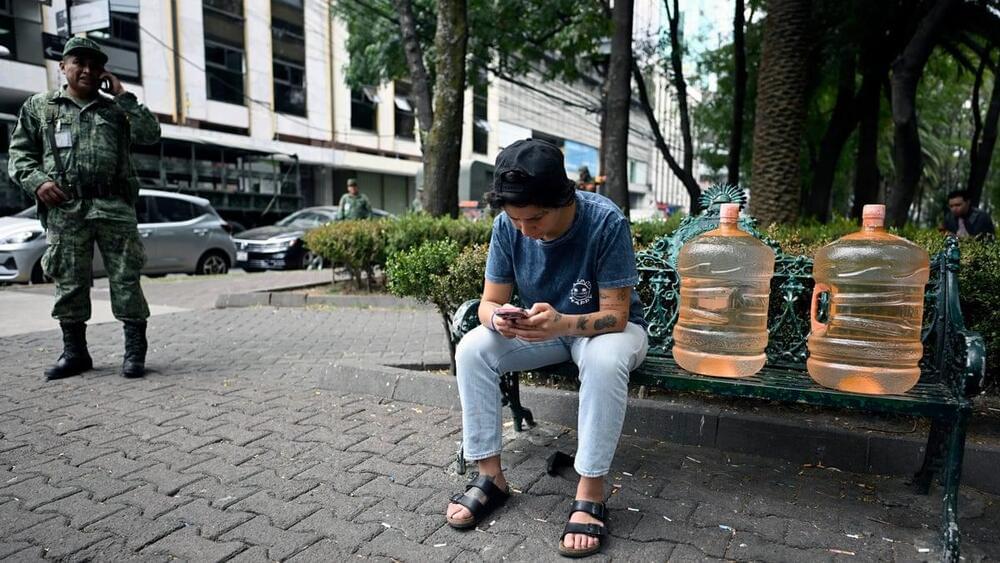
While wearable technologies with embedded sensors, such as smartwatches, are widely available, these devices can be uncomfortable, obtrusive and can inhibit the skin’s intrinsic sensations.
“If you want to accurately sense anything on a biological surface like skin or a leaf, the interface between the device and the surface is vital,” said Professor Yan Yan Shery Huang from Cambridge’s Department of Engineering, who led the research. “We also want bioelectronics that are completely imperceptible to the user, so they don’t in any way interfere with how the user interacts with the world, and we want them to be sustainable and low waste.”
There are multiple methods for making wearable sensors, but these all have drawbacks. Flexible electronics, for example, are normally printed on plastic films that don’t allow gas or moisture to pass through, so it would be like wrapping your skin in plastic film. Other researchers have recently developed flexible electronics that are gas-permeable, like artificial skins, but these still interfere with normal sensation, and rely on energy-and waste-intensive manufacturing techniques.
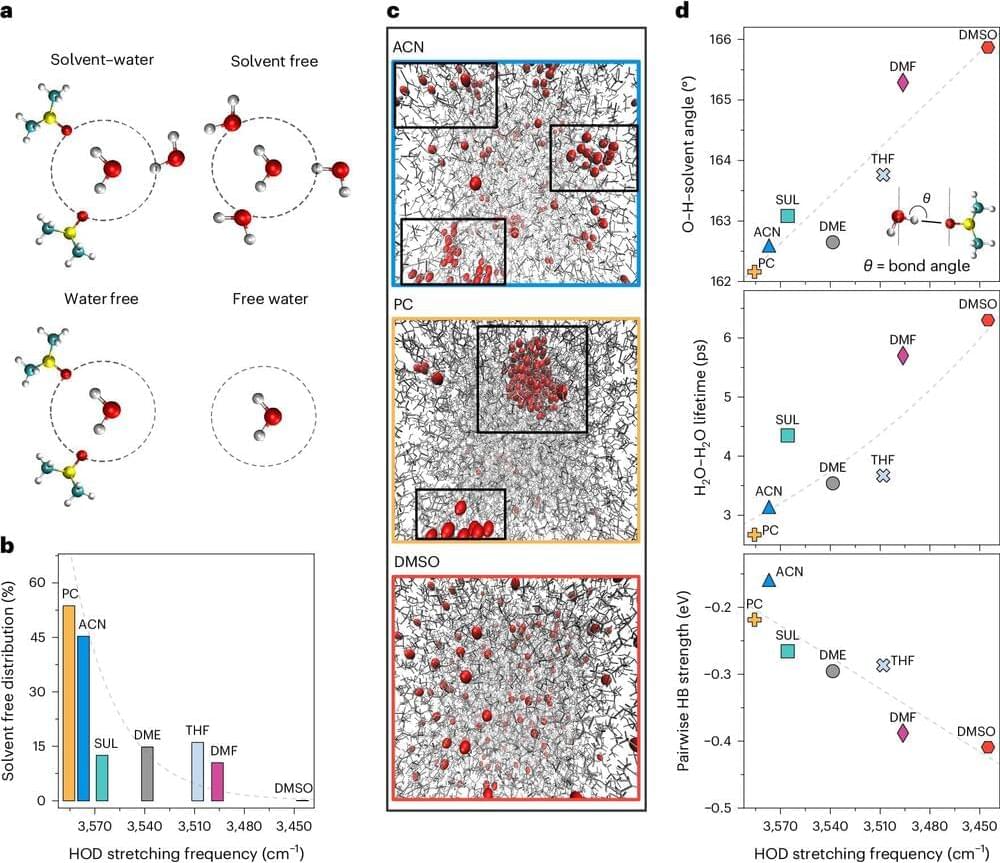

Tesla has officially broken ground on its new Megafactory project to build Megapacks for energy storage in China.
The Megafactory in Lathrop, California, was Tesla’s first dedicated factory to produce Megapacks, which were previously produced at Gigafactory Nevada.
It is still ramping up to its full capacity of 40 GWh worth of Megapacks, a battery pack for utility-scale energy storage projects, but it has already helped Tesla break new records of energy storage deployment almost every quarter.